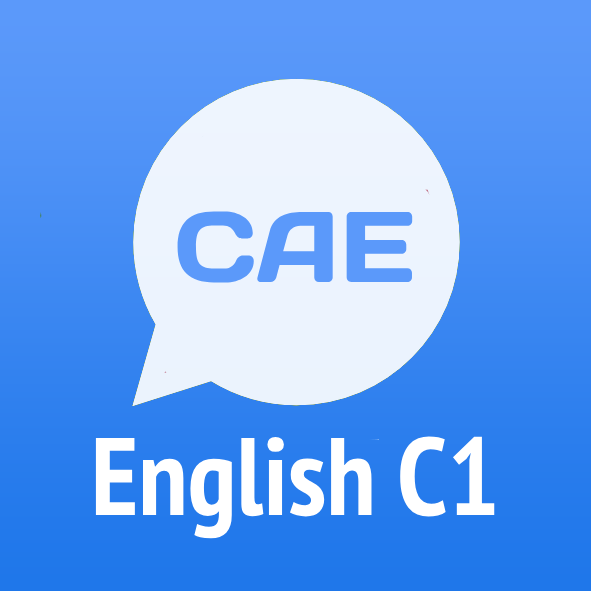After World War II , The European Coal and Steel Community began to unite European countries (0) ECONOMICALLY (ECONOMY) and politically in order to secure (1) ............ (LAST) peace. In 1957, the six (2) ............ (FOUND) countries created the European Community. As time went, on more and more countries joined the union. In 1991, the Treaty of Maastricht formally established the EU as asuccessor to the EC. It introduced the development of a common foreign and (3) ............ (SECURE) policy. For the first time, it allowed citizens to move (4) ............ (FREE) within the union. In 2002, the NATIONAL (NATION) currencies were replaced with a single currency, the Euro. In the 21st century the (5) ............ (ENLARGE) of the EU eastward welcomed 10 former Communist countries. The EU describes itself as a family of democratic European countries, commited to working together for peace and PROSPERITY (PROSPER). It promotes the integration of Europe through a common currency, the freedom of movement) between member states, trading markets without borders, and, a common foreign policy. The institutions of the EU form the framework of (6) ............ (COOPERATE) between the 28 member states. The European Commission engages in the day-today work of running the EU. It is the (7) ............ (LEGISLATION) body of the union. Its commissioners are appointed by the Council of Ministers, in agreement with the member states, and are then approved by the European Parliament. The European Council, also known as the Council of Ministers, is the main decision - making body of the EU. It represents the interests of the member states, with each member being represented by its own ministers. The members of the European Parliament are elected every 5 years in a Europe-wide (8) ............ (ELECT). addition to considering the Commission’s proposals it oversees the implementation of the EU budget.






